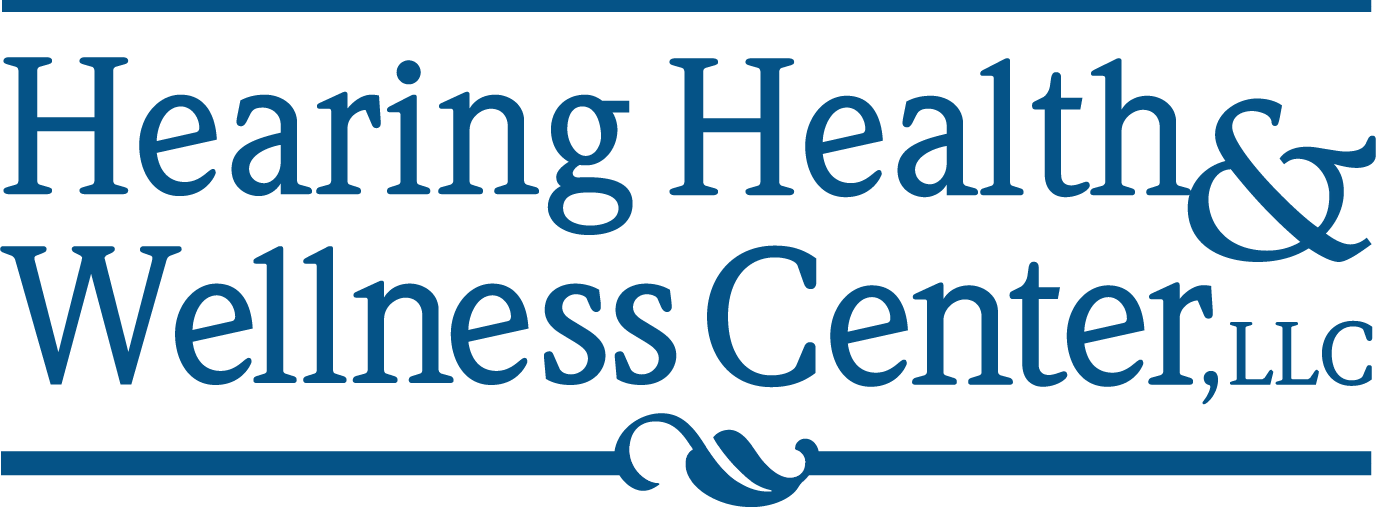There are different types of hearing aids available, and the type that is best for you will depend on your hearing loss, lifestyle and budget.
Made for iPhone®
Made for iPhone hearing aids can directly connect to iPhone and Android phones to stream music, phone calls, and other media with excellent sound quality.
Invisible
Invisible hearing aids rest in the second bend of the ear canal where they remain completely invisible in most ears. These can be custom-made and recommended for mild to moderately severe hearing loss.
Completely-in-the-Canal (CIC)
CIC hearing aids are a small and less noticeable hearing aid. This type of hearing aid is molded to fit snugly in the ear canal and can be used for people with mild to moderately severe hearing loss.
In-the-Canal (ITC)
In-the-canal hearing aids are custom-molded to fit the ear canal. Compared to larger hearing aid styles, ITC hearing aids are less visible and can address mild to moderately severe hearing loss.
In-the-Ear (ITE)
In-the-ear hearing aids are available in two styles – full shell and half-shell. Full-shell in-the-ear hearing aids cover the bowl-shaped area of the outer ear. Half-shell in-the-ear hearing aids only fill the lower part. ITE hearing aids can address mild to severe hearing loss and can be equipped with directional microphones to help hear better in noise.
Receiver-in-Canal
Receiver-in-canal hearing aids are tiny, discreet, and easy to fit, which make them ideal for first-time hearing aid users RICs are the most popular style of hearing aids. It has a discreet design with easy-to-use buttons. The RIC type is an open-fit hearing aid that rests behind the ear and transmits sound via a small tube into the ear canal. It belongs to the smallest subcategories of behind-the-ear hearing aids.
Behind-the-Ear (BTE)
Audiologists who handle patients with severe to profound hearing loss prefer behind-the-Ear (BTE) hearing aids because they offer the maximum amplification. From its name, BTE hearing aids are worn behind your ears and sound is directed through a tiny tube into your ear canal.
Hearing Aids for Tinnitus
Tinnitus can be relieved with hearing aids by masking tinnitus sounds with louder background noises. This technology is found in most hearing aid brands. Some hearing aid manufacturers have the tinnitus maskers integrated within the hearing aids, while others have a dedicated app for tinnitus relief.
Hearing Aid Brands
Tinnitus may be relieved with hearing aids that house a feature which can help provide relief from the internal sound of tinnitus. We offer sales and services for the follow hearing aid brands:
